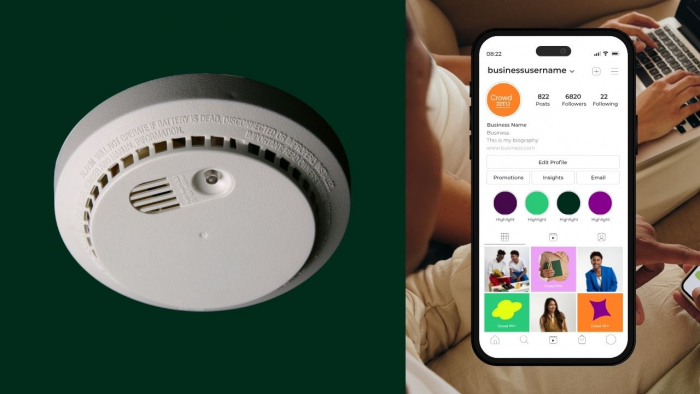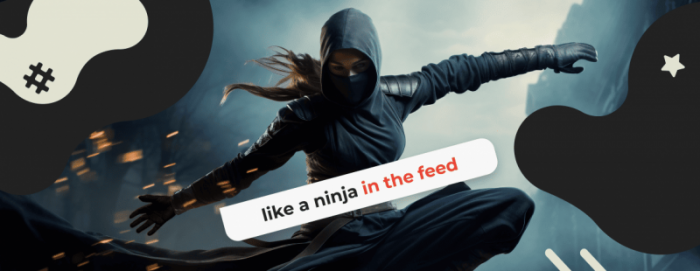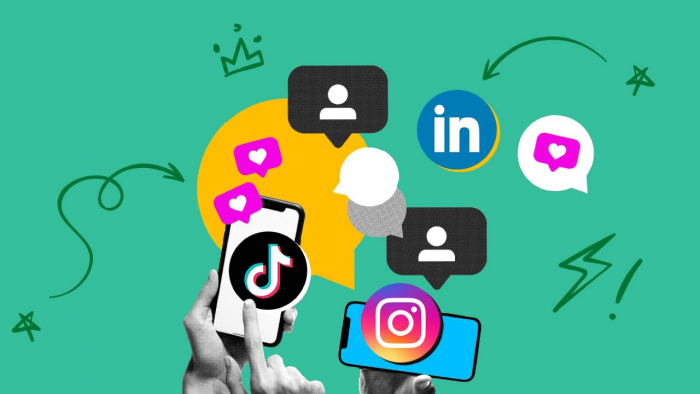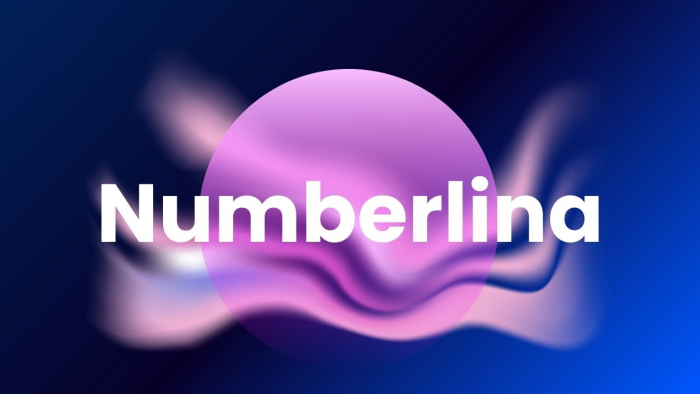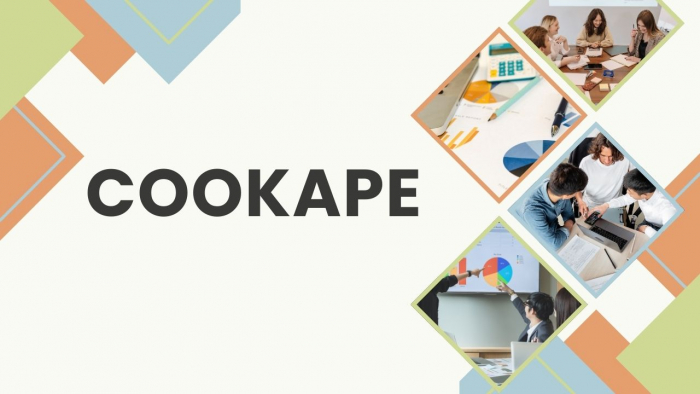What is social media engagement?
Social media engagement is just how people react and connect with your content and your brand online. It ain’t only about likes or follows—it’s any kind of signal that shows someone is paying attention. Could be comments, shares, clicks, or even mentions.
Types of engagement look like this:
✔ Likes & reactions – when people show they like or feel something about your post
✔ Shares – when your content spreads to more people
✔ Comments – folks actually join in and give feedback
✔ Followers – they want to see more from you
✔ Click-throughs – when people click a link to know more
✔ Mentions & tags – when someone talks about your brand in their own post
The more this happens, the tighter the bond between your audience and your brand. Engagement’s kinda like the heartbeat of your social media game.
Why does engagement matter?

It’s not just about numbers in some boring report—it’s about building real connections. Here’s why it’s important:
Know you’re on the right track
If people interact, it means they vibe with what you’re posting. It shows your plan is working.
Beat the algorithm
Platforms like Insta or TikTok push content that gets action. More activity = more visibility.
Free reach
Shares and comments spread your stuff without you paying a dime.
Build trust
When you reply and chat with followers, they feel closer to you. And loyal followers usually stick around.
Drive action
At the end of the day, engagement can help turn followers into customers.
For businesses focused on b2b market research, higher engagement means more opportunities to gather insights, refine messaging, and build relationships that go beyond surface-level interactions.
Social media strategies to boost engagement in 2025
Getting people to stop scrolling and actually engage isn’t easy. But with some creativity and smart planning, it works. Here’s what’s trending this year:
1. Use visuals and videos
Instagram and Pinterest have already proved that visuals are king. Memes, GIFs, short videos—they all perform way better than plain text.
Why visuals work:
- Our brains process visuals crazy fast—like 60,000 times faster than text.
- Posts with images usually get around 2.3x more likes and shares.
- Most people watch videos on mute, so captions are a must.
Tips:
- Keep videos short and add captions.
- Use memes that are funny and relatable.
- Infographics = make boring info easy to get.
- Share user-made content—it feels more real.
2. Tell authentic stories
People connect with stories, not ads. Show the human side of your brand.
Ideas:
✔ Behind-the-scenes clips
✔ Customer testimonials
✔ Share challenges you’ve overcome
✔ Use pics and videos to make it stronger
✔ Ask questions so people join in
Good stories don’t just inform—they invite people to share and interact.
3. Repurpose blog content
Don’t stress about starting fresh every time. Take a blog post and break it into smaller social posts.
Example: A full blog on “10 wardrobe essentials” can be split into 10 single posts.
Benefits:
✔ Saves time
✔ Builds authority
✔ Keeps content flow steady
✔ Sparks new convos from old stuff
4. Use interactive content
People love to participate, not just scroll. Interactive stuff gets them involved.
Try:
✔ Polls and surveys
✔ Quizzes
✔ Giveaways
✔ Live Q&A sessions
✔ Interactive IG stories
It makes your audience feel like part of the conversation.
5. Post seasonal content
Holidays and events are easy wins for engagement.
How to do it:
✔ Themed graphics or videos
✔ Festive giveaways
✔ Seasonal offers or tips
It makes your brand feel relevant and fun.
How to measure social media engagement: 3 Easy steps
You won’t know if you’re winning unless you track. Here’s a simple way:
Step 1: Set goals
Be clear—what do you want? More awareness, more website visits, or sales?
Step 2: Pick KPIs
Not all numbers matter. Focus on:
✔ Reach (unique users)
✔ Impressions (total views)
✔ Engagement rate (interactions vs reach/followers)
✔ Growth rate (how fast you’re gaining followers)
With social listening, you can go beyond numbers and understand the sentiment and depth of engagement.
Step 3: Track & adjust
Use tools and dashboards. Review data weekly/monthly. Share it with your team. Adjust based on what’s actually working.
Conclusion
In 2025, social media isn’t just about posting—it’s about interaction. Use visuals, tell real stories, repurpose content, make it fun and interactive, and stay on top of seasonal trends. Most importantly, know your goals and track your progress.
Engagement isn’t only likes and follows—it’s about turning your audience into loyal supporters. Post often, experiment, and always listen to what your audience is saying.
Post Comment
Be the first to post comment!

